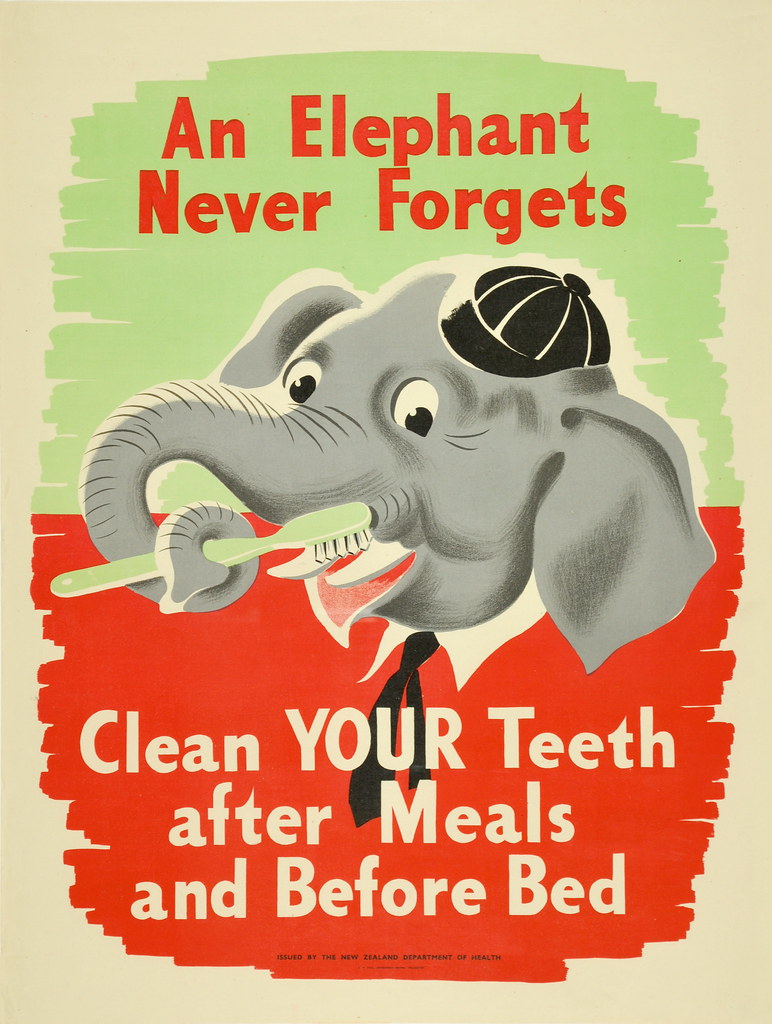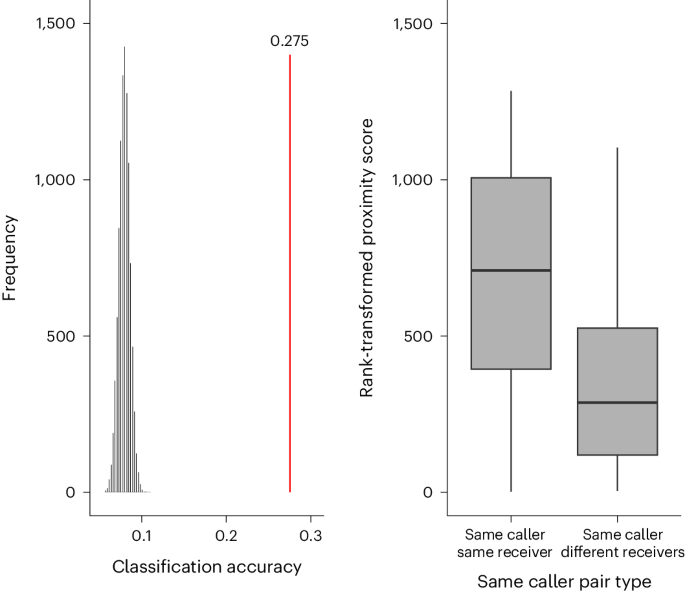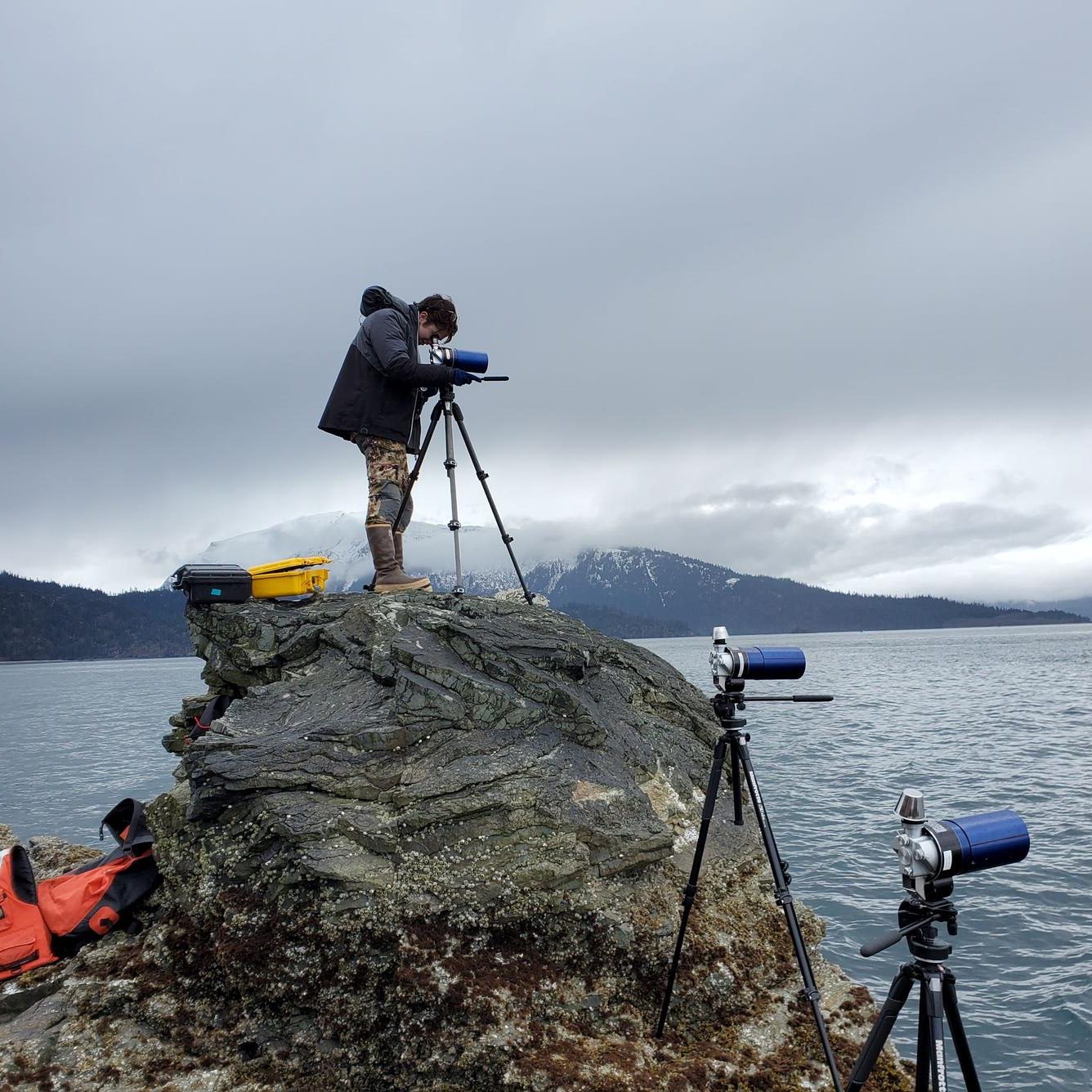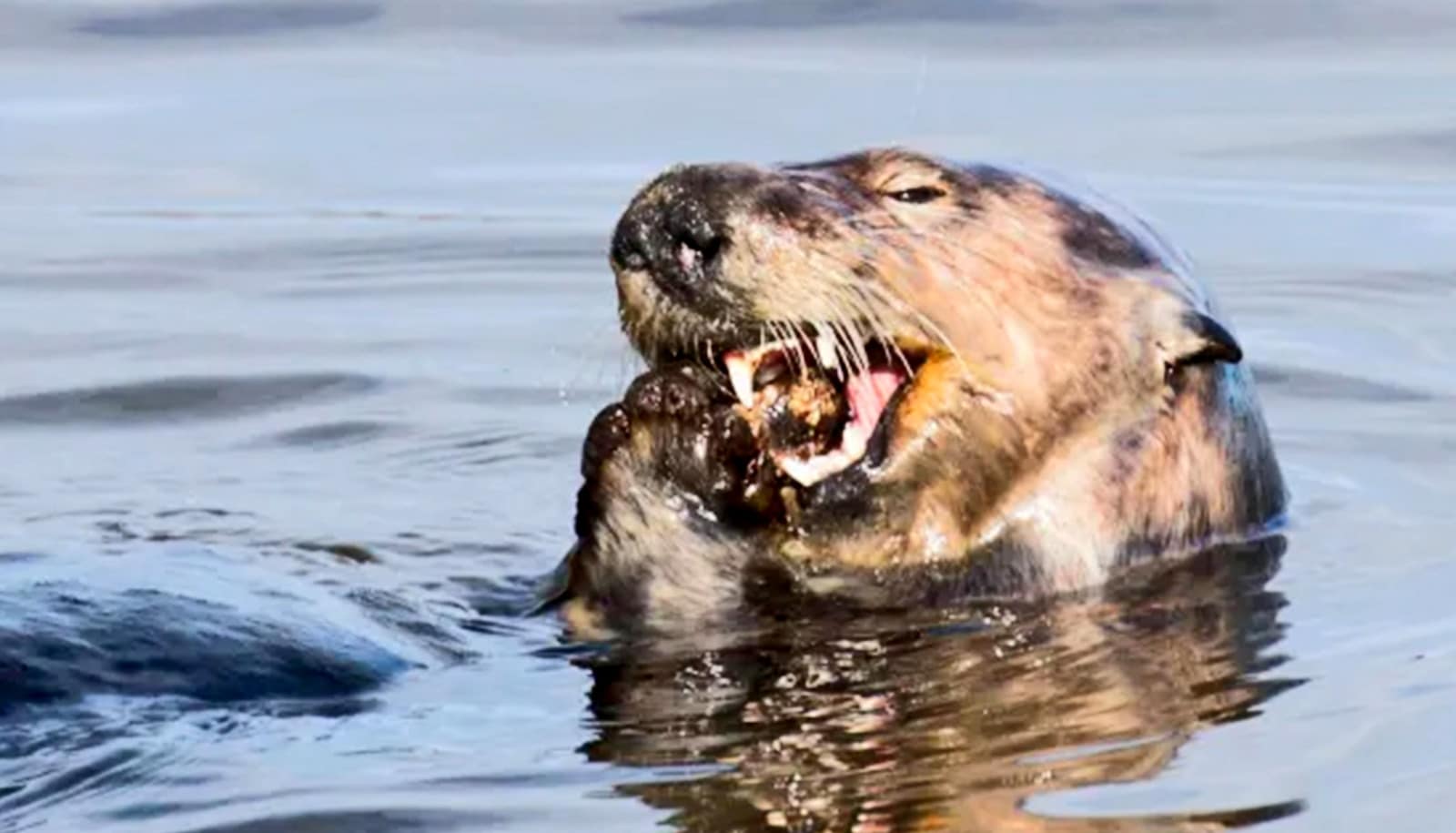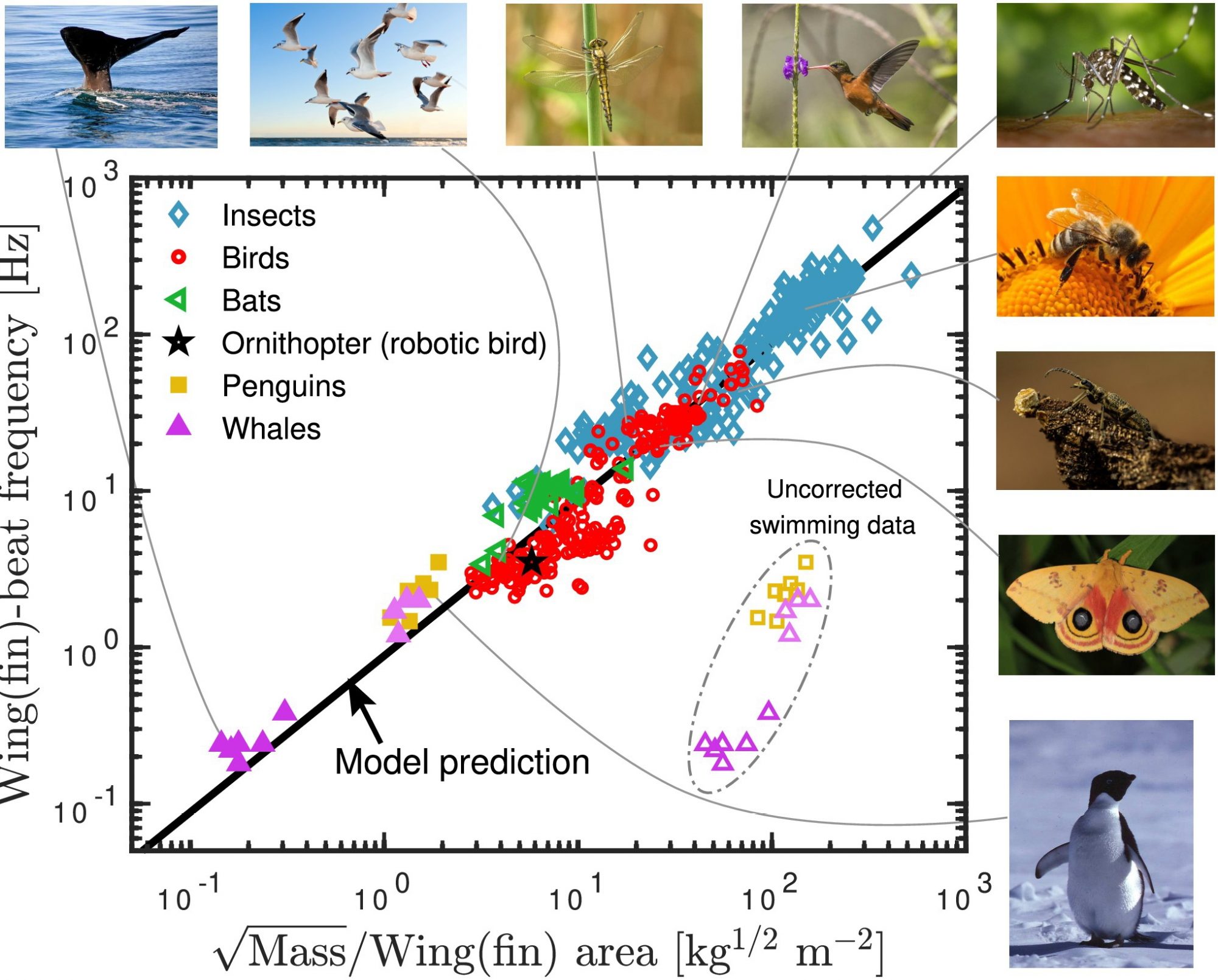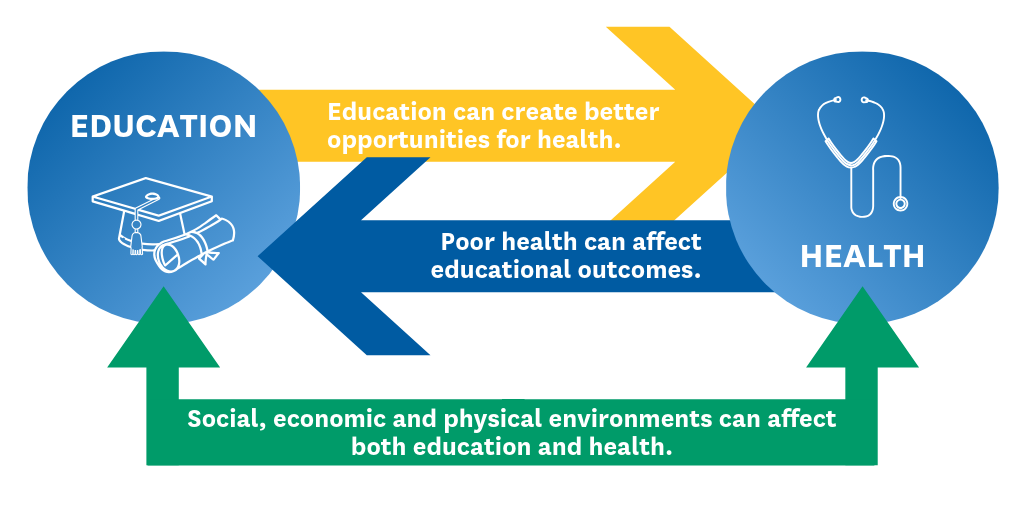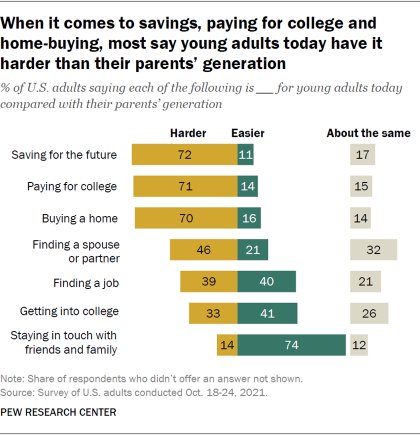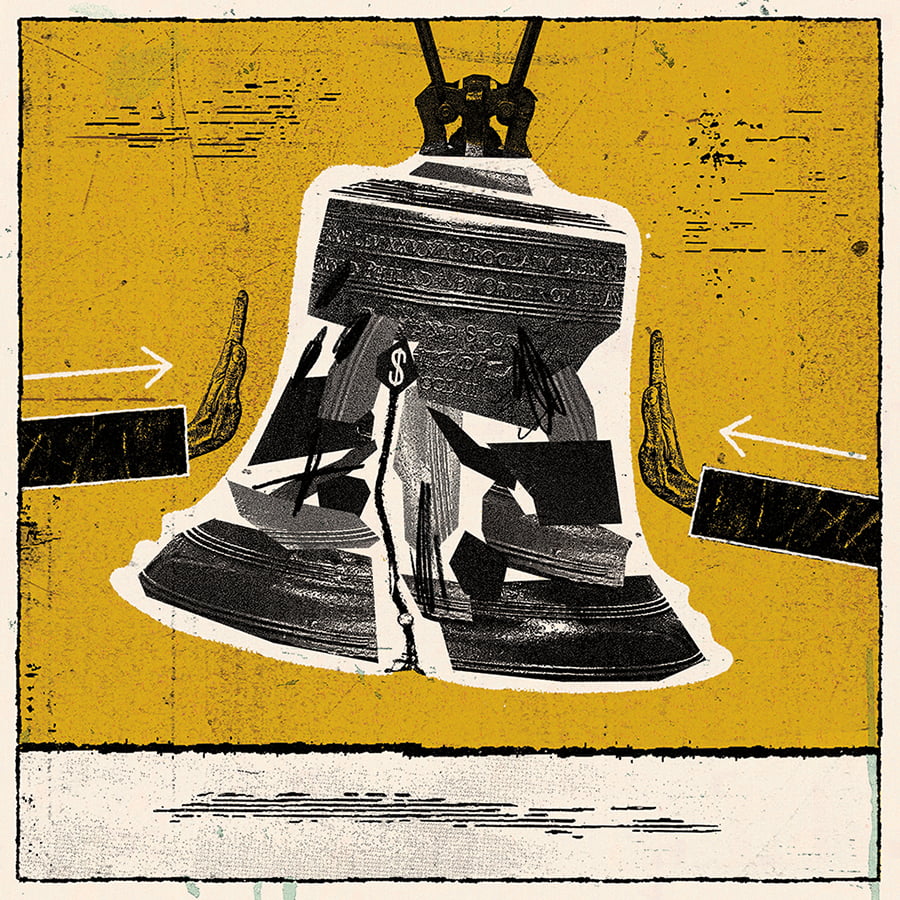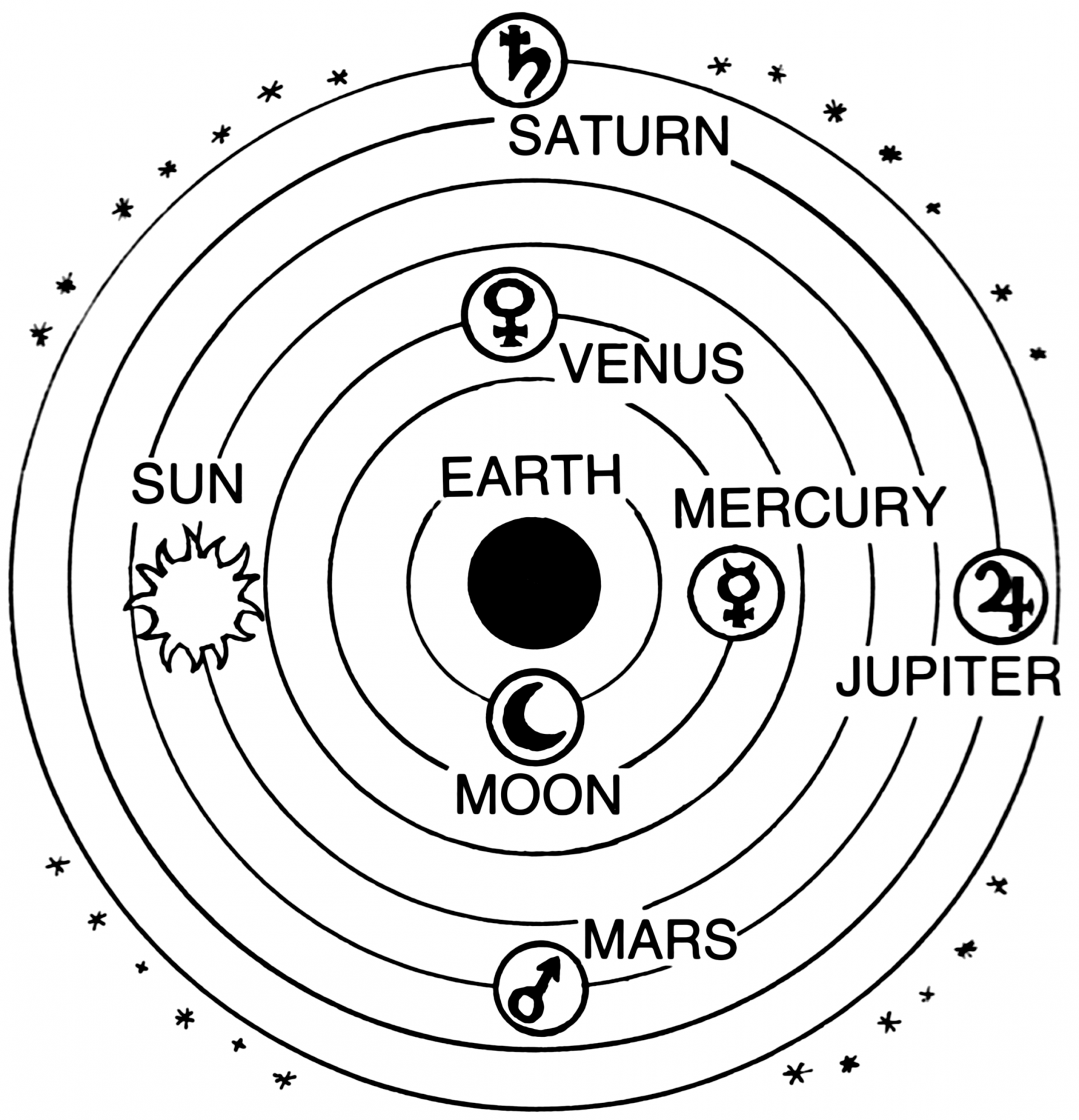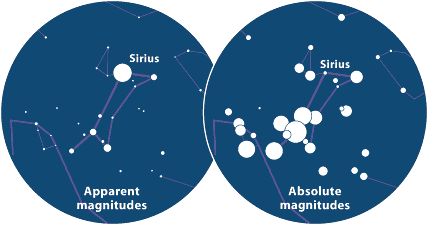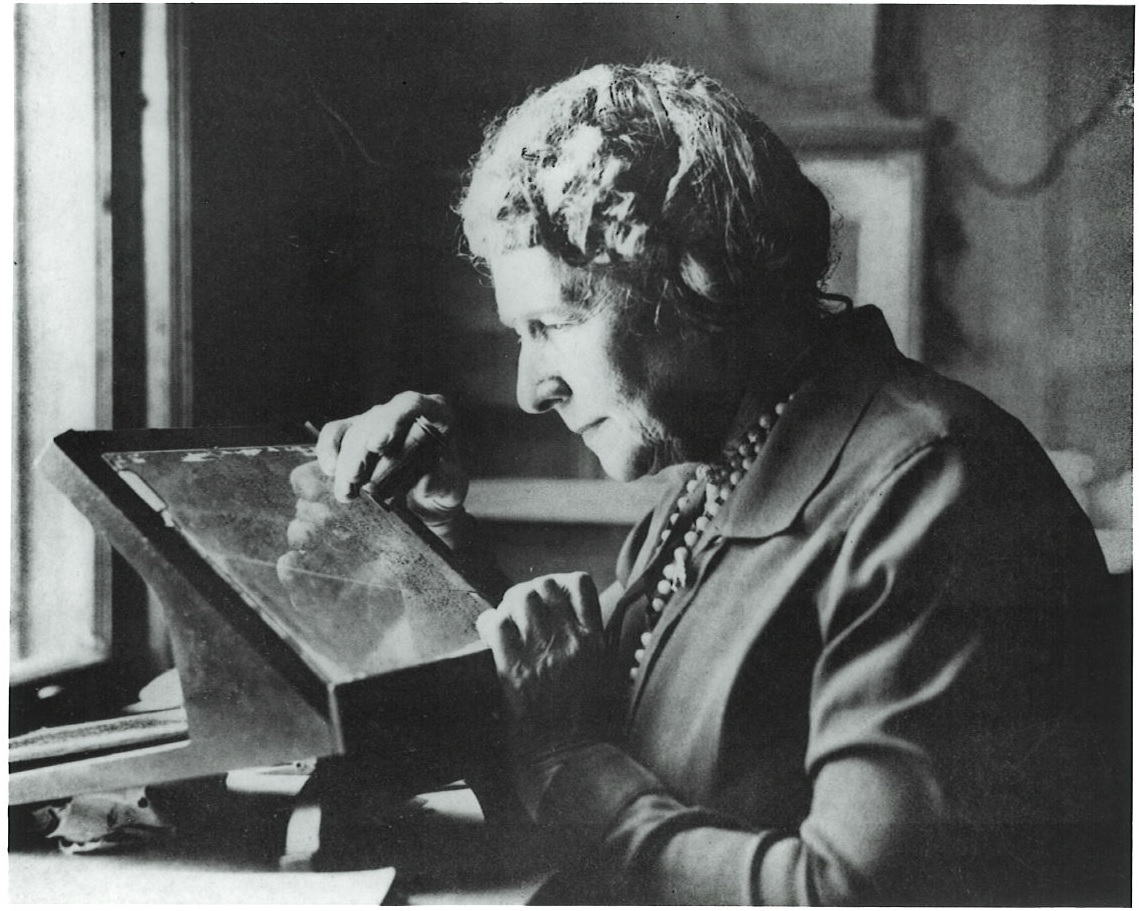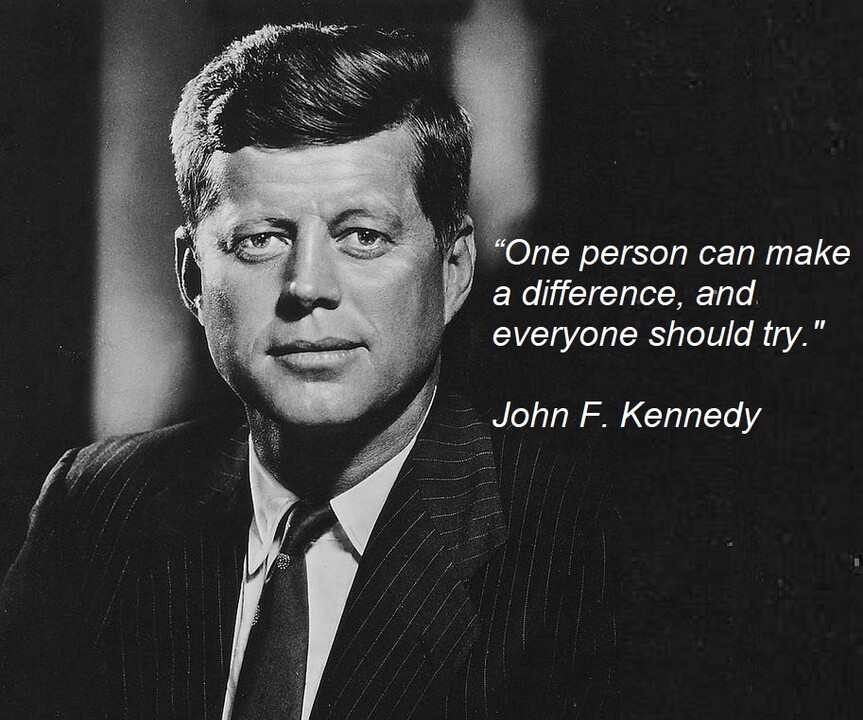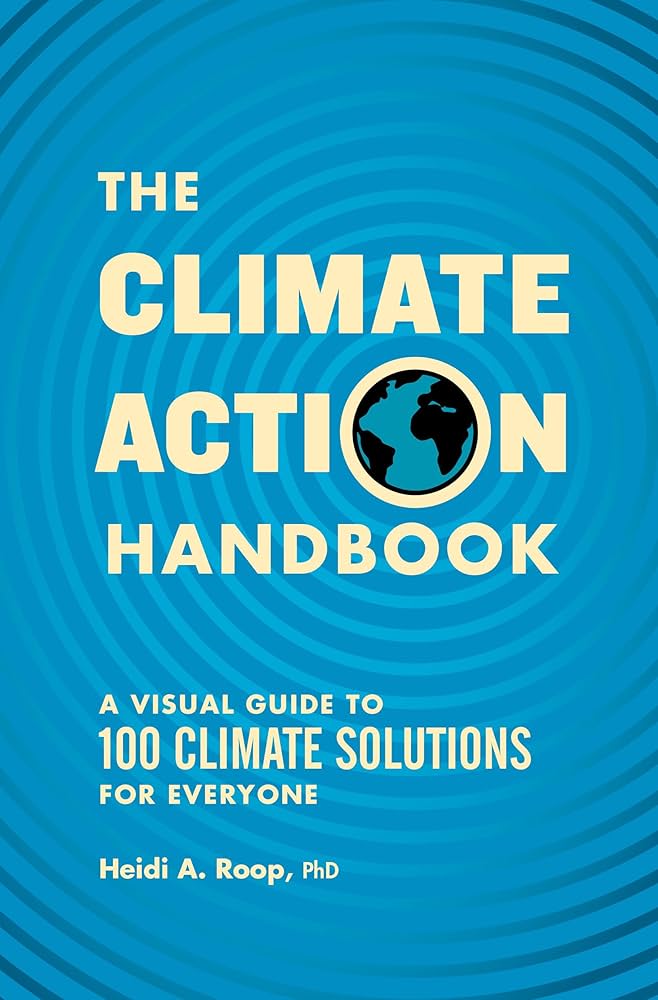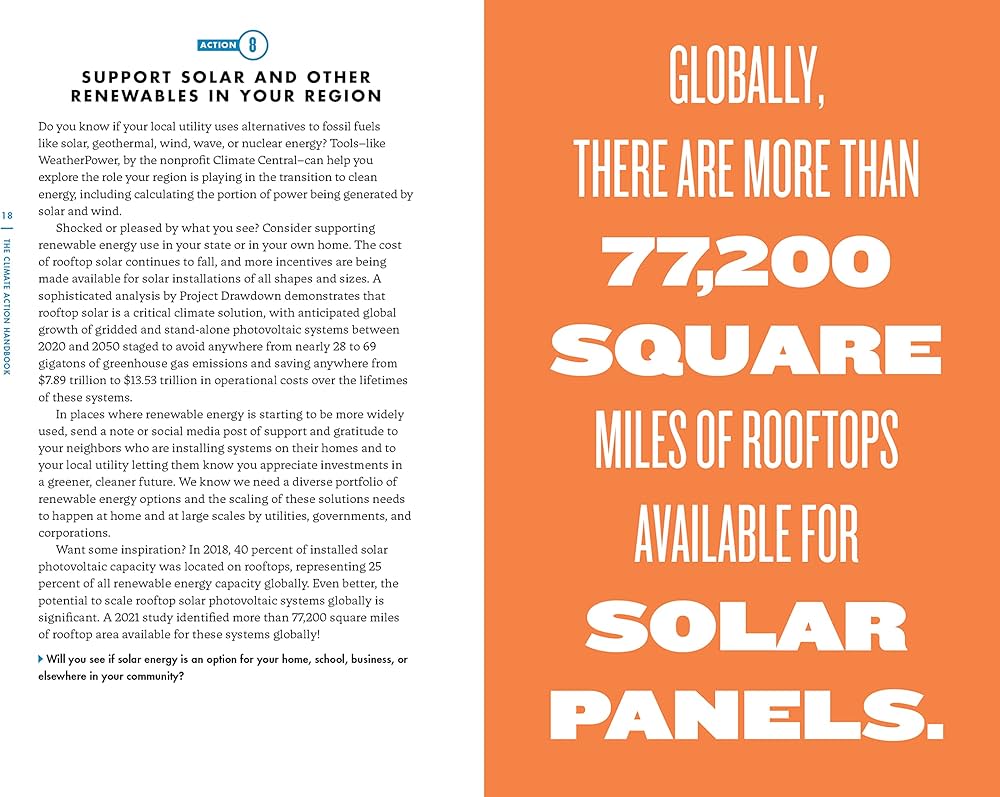NASA has made their decision, the Boeing Starliner capsule will return unmanned from the International Space Station (ISS) sometime in early September, the scheduled date is currently 6 September. The two Boeing astronauts who traveled to the ISS aboard Starliner Back in June, Butch Wilmore and Suni Williams will remain on the ISS and return to Earth with the astronauts of the Space X Crew 9 mission in February of 2025. That mission had been originally scheduled to go to the ISS in late August but the mission’s launch date has been pushed back to late September because of the problems with Starliner.

Additionally, the Crew 9 mission was originally supposed to carry four astronauts to the ISS, NASA’s preferred compliment for the Space X Dragon capsule, but will now only carry two astronauts when it launches in September. That change to the Crew 9’s mission is so that it can return in February with Wilmore and Williams. This means that the original eight-day stay of Williams and Wilmore at the ISS will now last about eight months.
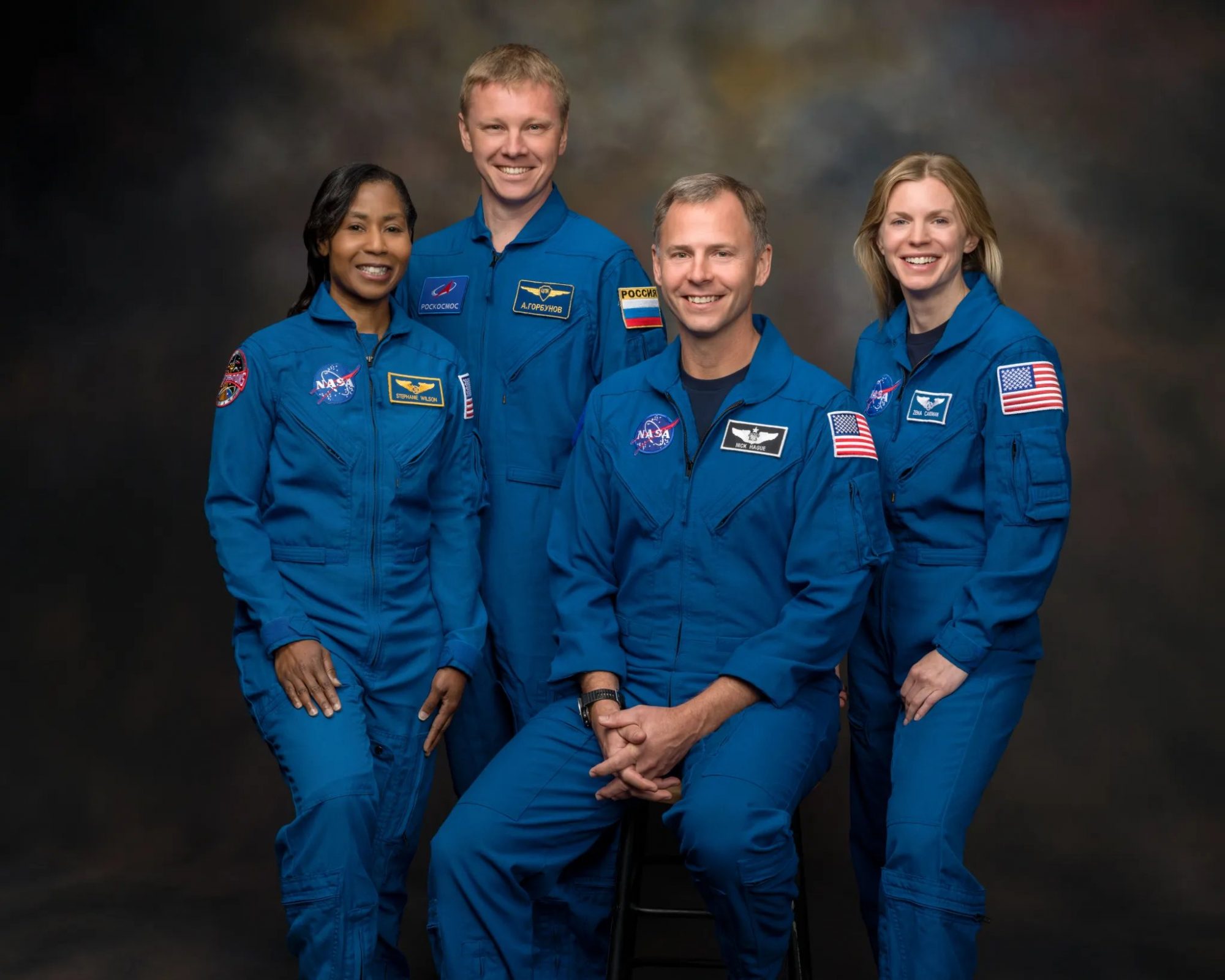
As the NASA administrator in charge of the Commercial Crew Program Steve Stich explained it. There was simply too much uncertainty in the way that the thrusters aboard Starliner worked to allow them to risk the capsule’s returning with its crew aboard. This is a painful setback for Boeing and its efforts to get into the business of commercial manned space travel.
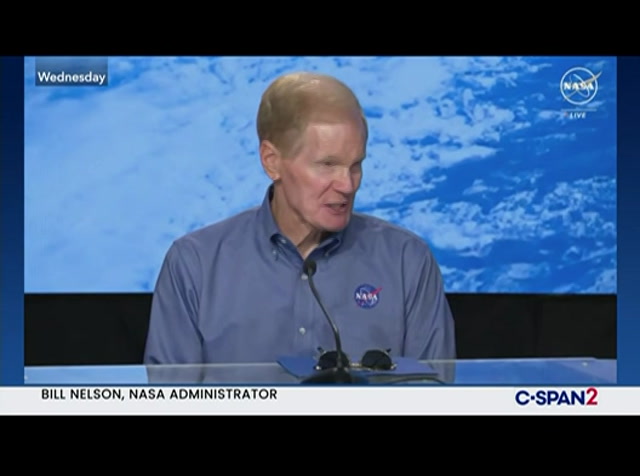
It wasn’t supposed to be this way. When NASA initiated its Commercial Crew Program in 2011 to replace the Space Shuttle the space agency expected Boeing, with all of its aerospace experience to be the prime contractor for manned missions to and from the International Space Station (ISS). It was thought that the newer space startups like Space X, Sierra Nevada and Blue Origin would act as back ups to Boeing.

Boeing’s design for their Starliner capsule was also the most conservative of the four competitors; it even somewhat resembled the old Apollo Command Module from NASA’s glory days. The designs proposed by the other potential contractors were thought to be more innovative.
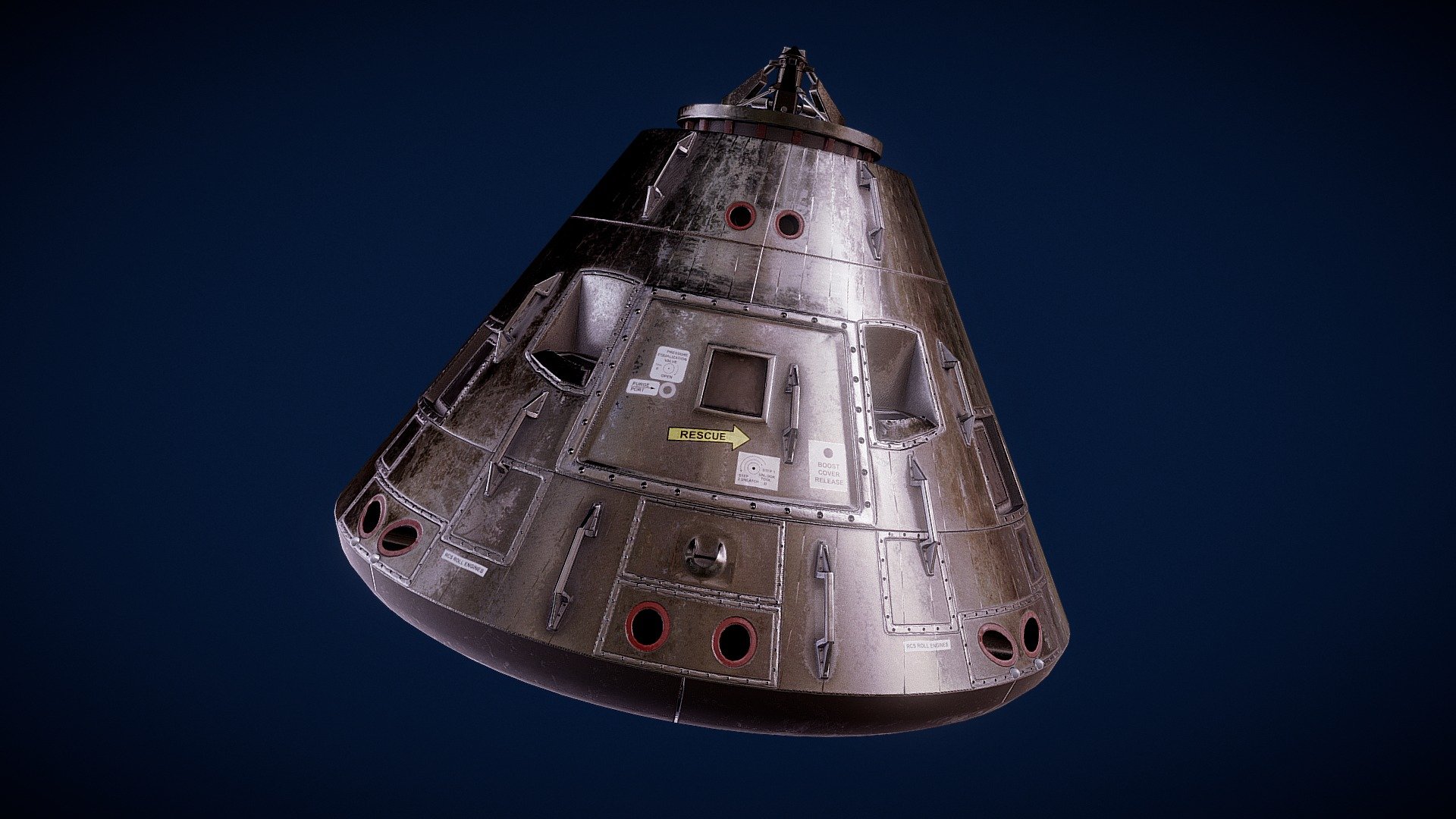
Sierra Nevada proposed their Dreamchaser space plane while Blue Origin’s unusual design was christened the ‘Biconic Nose Cone’. In the end it was the two traditional designs that received NASA’s full funding. Boeing’s Starliner got $4.2 billion while Space X’s Dragon capsule; an upgrade of their unmanned cargo carrying Dragon got $2.6 billion.
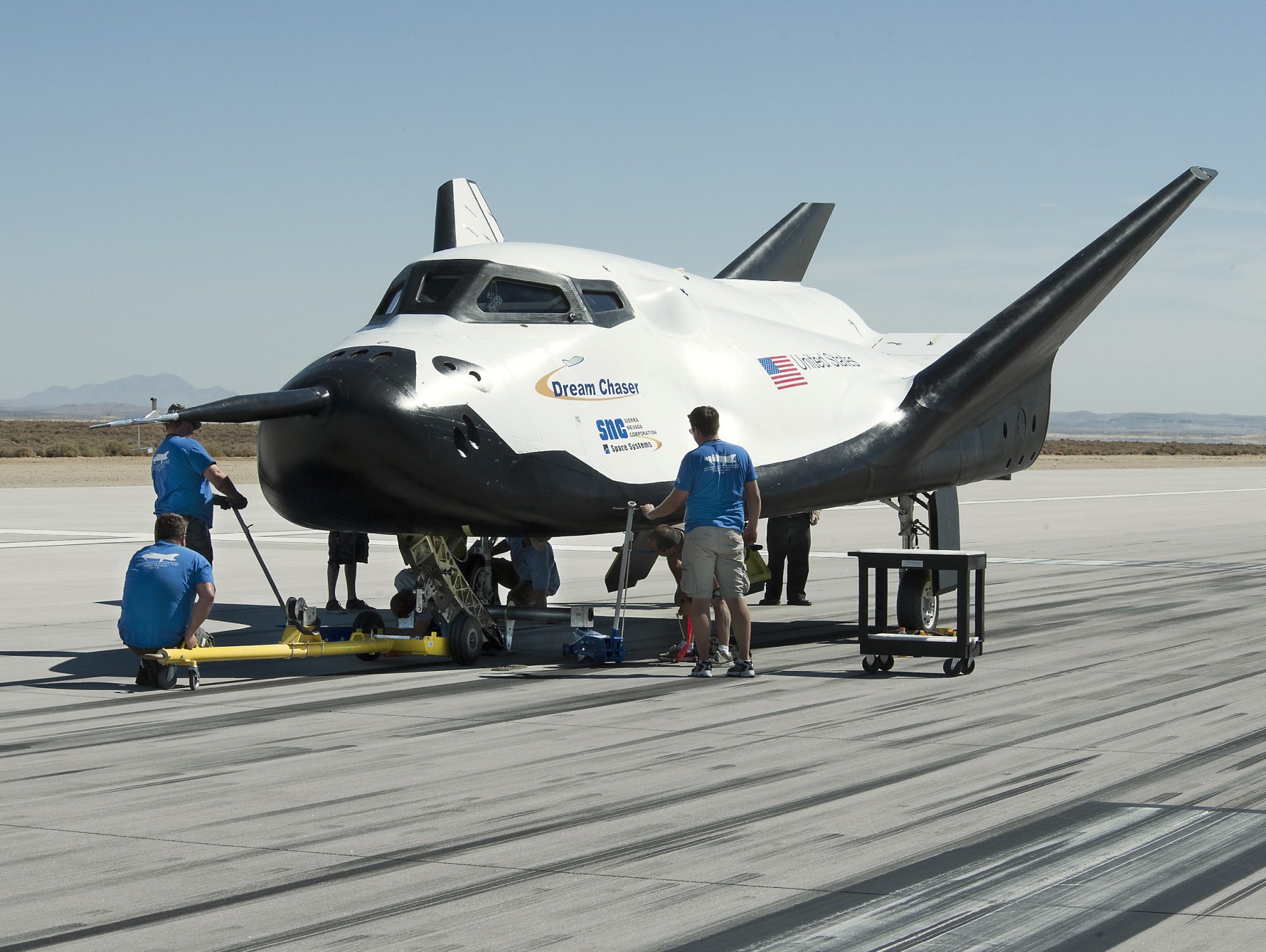
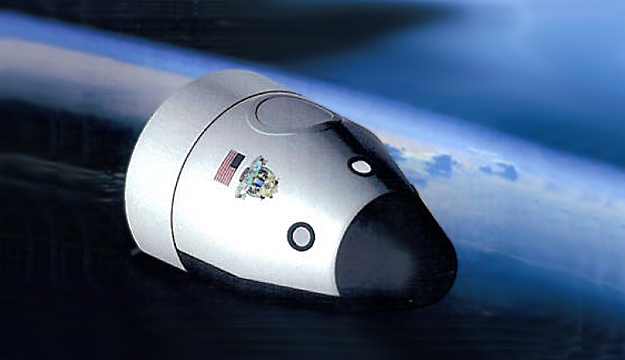
The original schedule of the program called for the first test flights of the two capsules to begin in 2017 with regular transfer missions to begin the following year but a series of problems caused both Boeing and Space X to announce delays. These delays required NASA to purchase an additional five seats aboard Russia’s Soyuz spacecraft in order to maintain an American presence aboard the ISS.
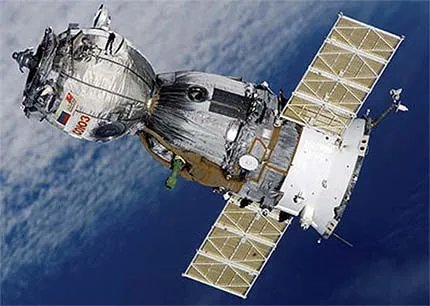
Finally in May of 2020 Space X’s Dragon capsule carried out its manned Orbital Test Flight (OTF) taking two astronauts to the ISS in the first manned mission to launch from American soil since 2011. Just a few months later Space X conducted the program’s first regular crew transfer mission to the ISS, the Crew 1 mission. Since that time Space X has carried out another seven successful crew transfer missions along with five purely commercial space missions, the Inspiration 4 mission, see my post of 2 Oct 2021 and the Axios-1 through 4 missions to the ISS, see my post of 17 June 2023. Going forward Space X appears ready to take however many astronauts NASA needs in Low Earth Orbit while at the same time grow the emerging market of private manned space missions.
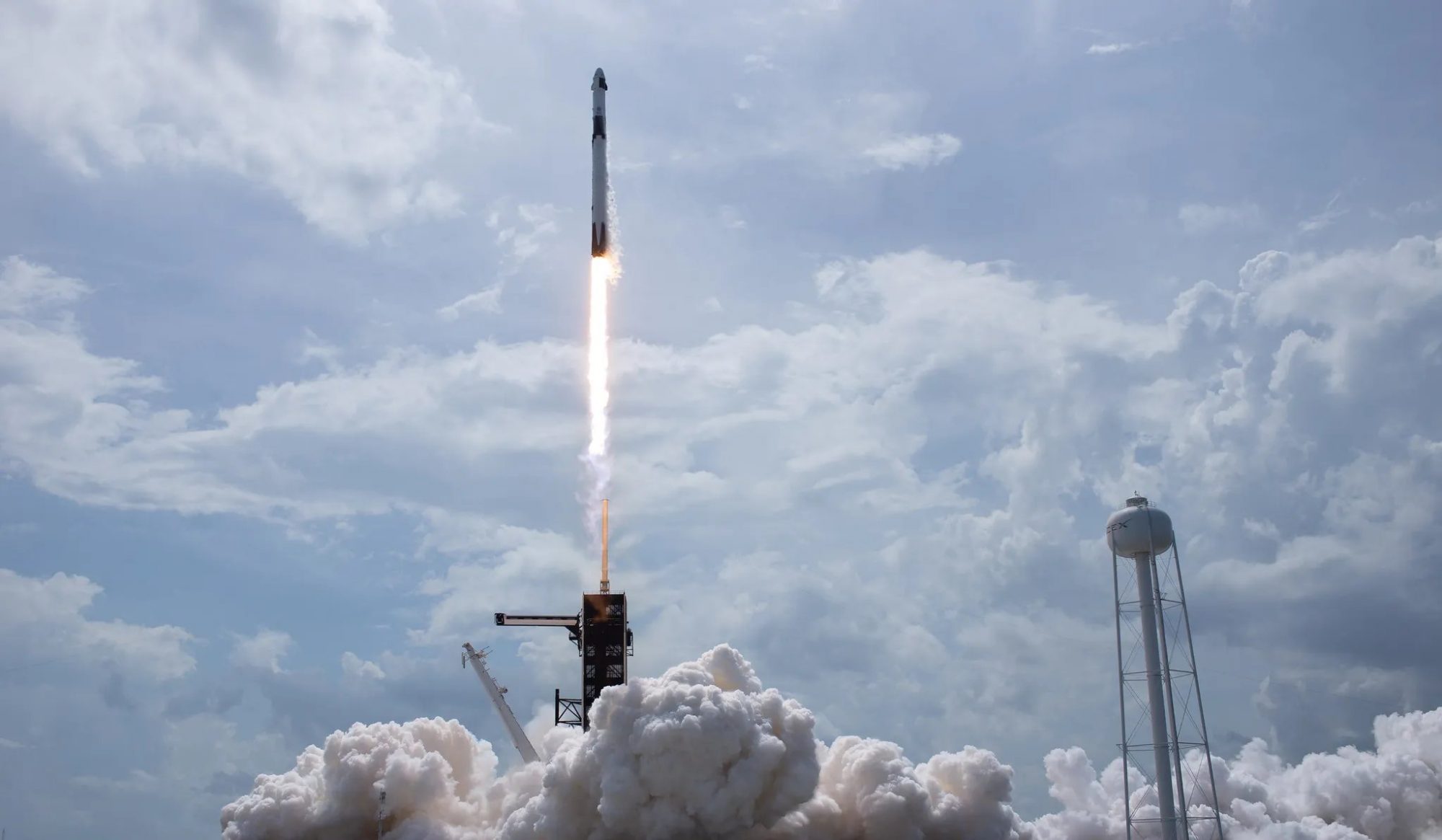
The same cannot be said of Boeing, which has had to deal with a long, and still growing list of technical issues. Those problems include some of the capsule’s most vital systems including the vehicle’s thrusters and parachutes along with numerous software glitches. Boeing’s difficulties became public in December of 2019 as Starliner failed to pass both its Pad Abort Test and its unmanned OFT. The results of these tests required further redesign of the capsule, and further delays including NASA’s insistence on a second unmanned OFT.
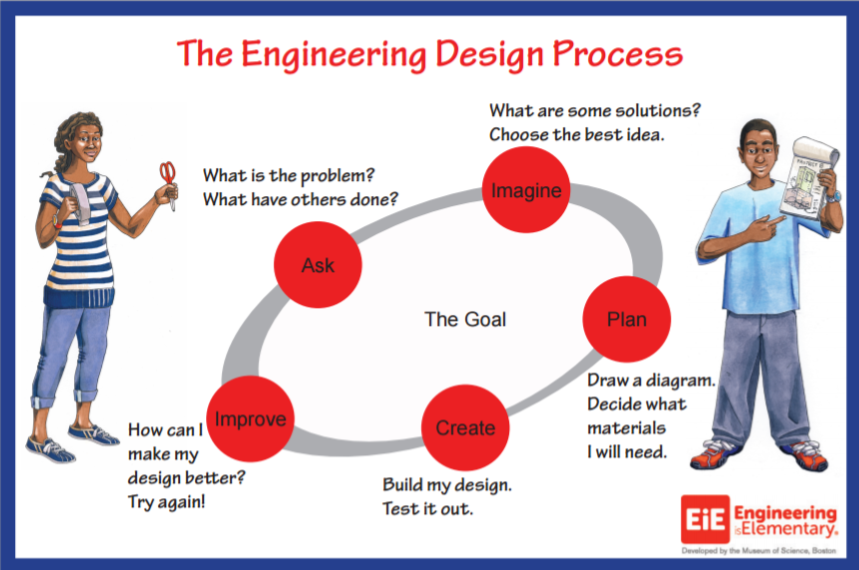
That second OFT was finally conducted in May 0f 2022 as the Starliner capsule did manage to dock with the ISS, despite further problems with three of its thrusters. The manned OFT was then scheduled for early 2023 but yet again more problems led to more delays. It wasn’t until June 5th of this year that NASA astronauts Butch Wilmore and Suni Williams sailed into orbit and docked at the ISS aboard a Starliner capsule. But again there were problems with helium leaks and thruster issues so that Wilmore and Williams were forced to manually dock with the station rather than allowing Starliner’s computer to control the docking process.
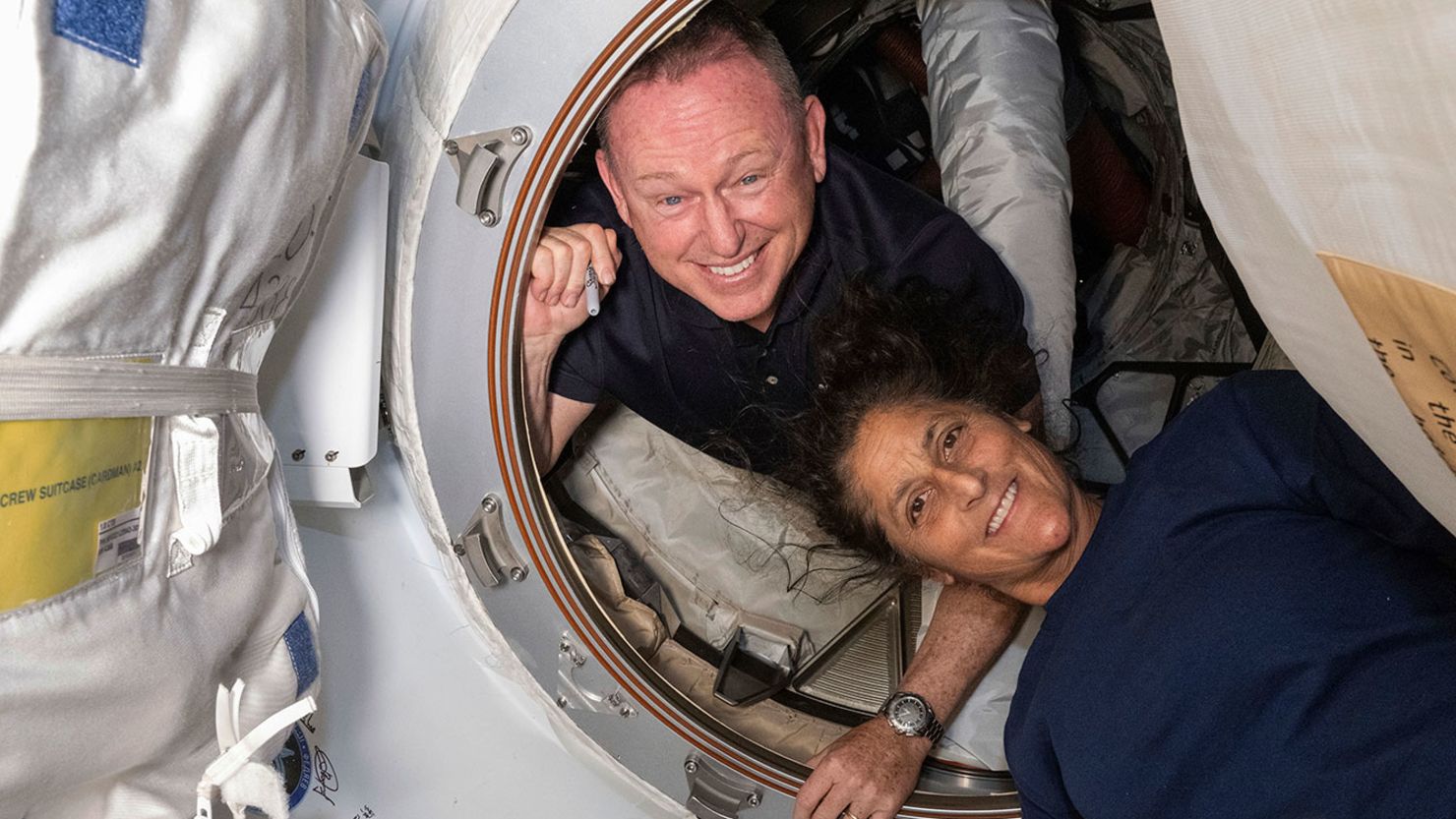
According to the mission plan Starliner was only supposed to remain docked at the ISS for eight days before returning to Earth but NASA wanted to conduct further tests on the thrusters while the capsule was in orbit so, little by little, the eight days grew to more than eight weeks and rumours began that Williams and Wilmore were stranded in space. What made the whole situation worse was that, with Starliner still docked at the ISS there was no docking port available for the next Space X routine crew transfer mission. This is what caused the Crew-9 mission to be delayed from its original August 25th launch date to sometime in late September.
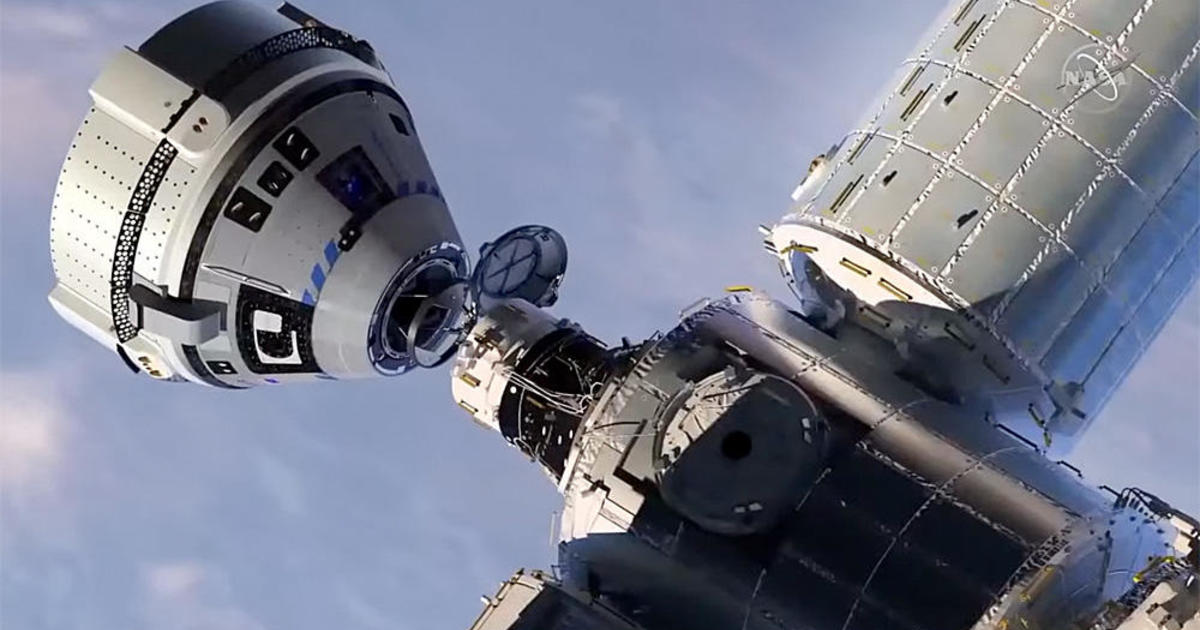
So NASA had a dilemma, did the space agency have enough confidence in Starliner to try to bring Wilmore and Williams back home aboard it, or have Starliner come home unmanned and have the astronauts remain on the ISS and come home with the Crew-9 mission in February of next year!

In the end the space agency decided to take the safer course and bring the astronauts home in February aboard a Space X Dragon capsule. The question now becomes, will Starliner ever fly again let alone begin regular transfers of astronauts to Low Earth Orbit (LOE). Assuming the unmanned capsule returns intact from the ISS Boeing will have an enormous amount of investigative work to do determining the causes of the thruster issues. That effort will then have to be followed by a considerable resign of the capsule.
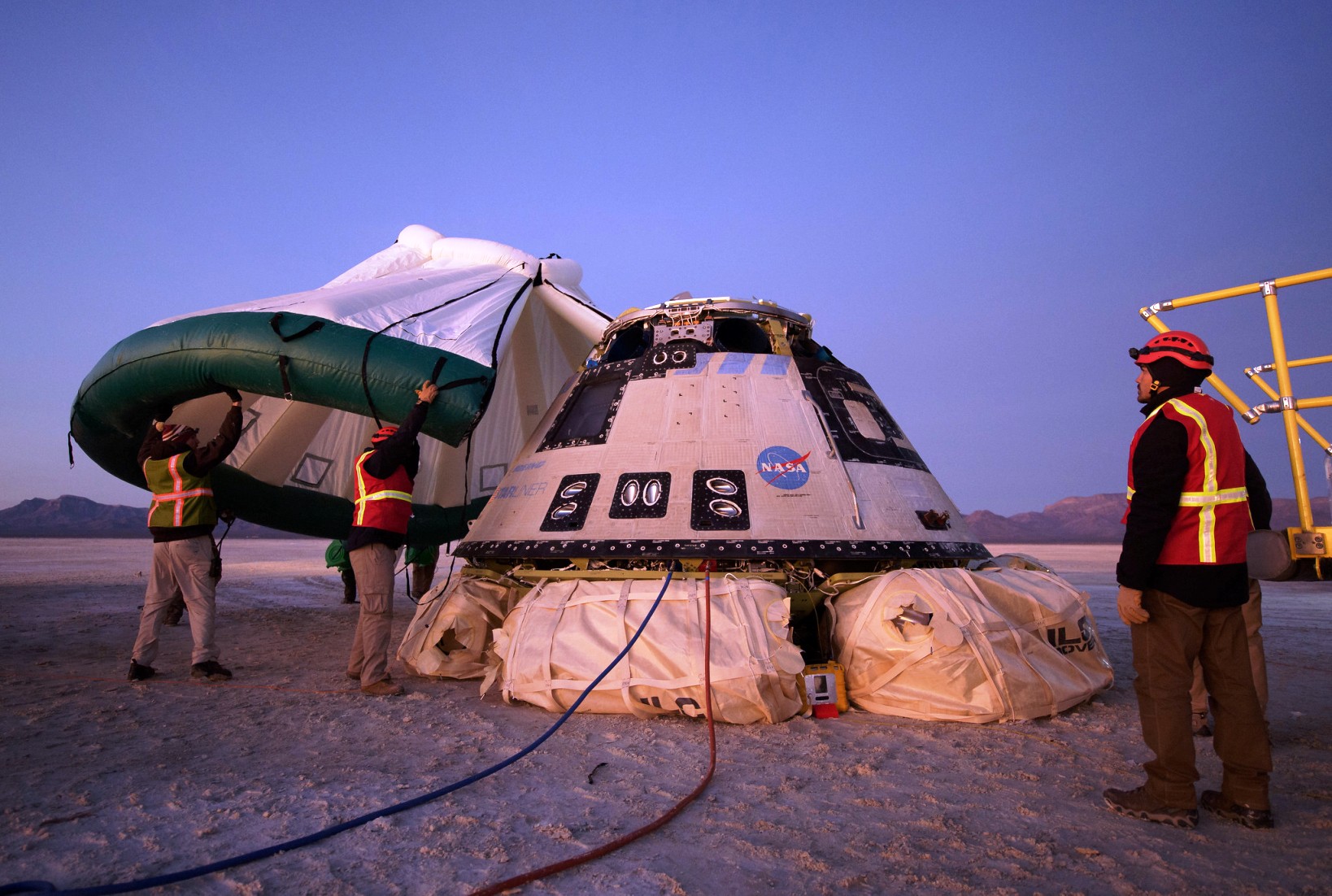
Those efforts could take years and only after further ground testing is completed will NASA even consider launching Starliner again. At that point NASA will have to decide if Boeing will have to perform another unmanned OFT before another manned OFT before finally certifying Starliner. With all of the delays and problems Starliner has had so far the question becomes, will the ISS still be in orbit by the time Starliner is finally ready to begin service to it?


